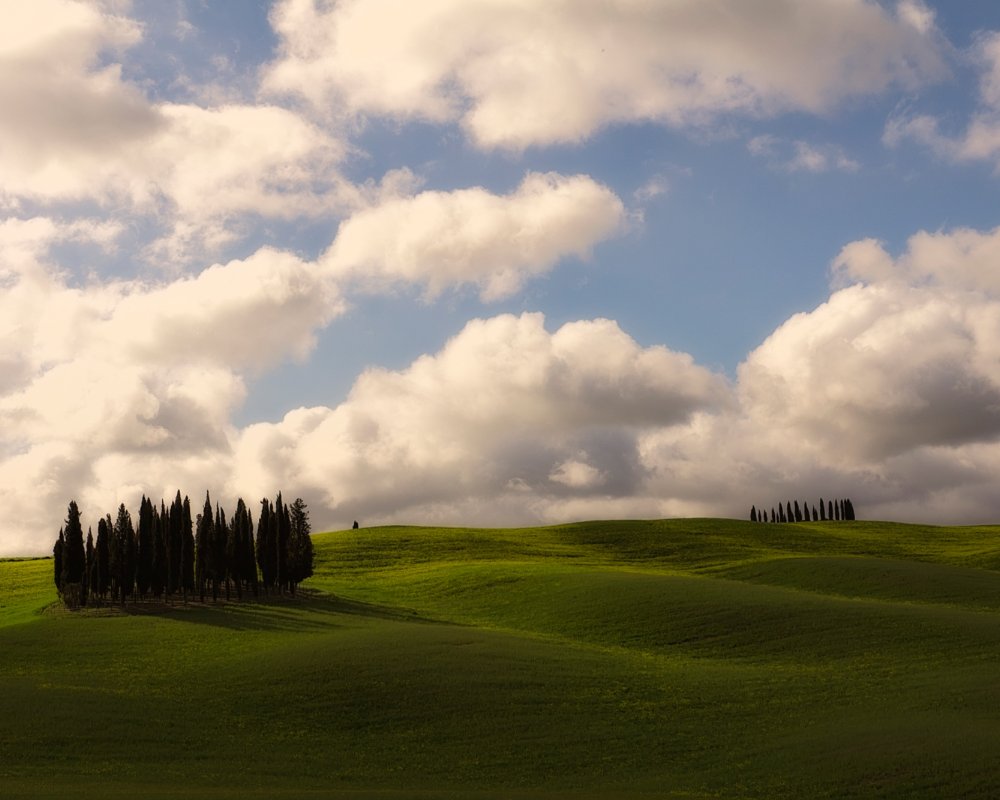Symbols of San Quirico



The journey through the symbols of San Quirico is a journey between art and nature, among the traces left by time in a territory that has become a fundamental part of the Val d’Orcia Historic, Artistic and Natural Park, and today a UNESCO-protected world heritage site.
The journey is short precisely to allow for a slow and reasoned view of things, to encourage a contemplation of the world that is there and that succeeds in making the world that was there better understood than anything else.
There is one stage only and, to judge it by the difference in level, it would be very challenging. Its brevity, however, and the recommendation that you can sip it slowly like the best of wines, makes it quite easy. As they say in Val d'Orcia, "everything has to be taken in its stride, and you'll see that you'll get there".
The Horti Leonini, the magnificent 16th-century garden located just inside the town wall, are an ideal place to prepare for the trip with a bike suitable for the purpose, given the many stretches of dirt road that you will encounter. The GATE is not far away.
You leave provincial road No. 146 to take the dirt road that leads up to the Celamonti farm in the middle of the Crete and with a 17% climb.
You then continue backward toward the Cassia and in the locality of I Triboli there appears the magical vision of the most photographed and famous cypress grove in the world: the cypress trees of San Quirico, an icon of Tuscany.
Once you recover from the amazement at "at such beauty," you proceed across the countryside back toward San Quirico without ever passing through it until you reach the 517 meters of the fortified village of Vignoni Alto with its castle and the small church of San Biagio.
From Vignoni Alto you descend towards the wonder of Bagno Vignoni where the ancient thermal baths have been joined by modern and luxurious resorts so much so that it has become a much sought-after place of wellbeing. But the real charm of the place is in what is best preserved of the past such as the "piazza delle sorgenti" at the center of the village, the Natural Park of the medieval Mills carved into the rock and the ancient buildings that have hosted Pope Pius II, Saint Catherine of Siena, Lorenzo dei Medici and, in modern times, directors and artists who have used the place as a set for famous films such as Tarkovslij's "Nostalghia" or Carlo Verdone's "Al lupo al lupo".
Leaving Bagno Vignoni with a touch of nostalgia, you return to the dirt road and at Sante Marie di Vignoni turn northeast along a road characterized by the continuous ups and downs typical of the Crete. The stop is at the small Chapel of the Madonna di Vitaleta, which stands quietly in the company of two rows of cypress trees. It is said that this little ancient jewel was built on the very spot where the Virgin appeared to a shepherdess.
From the chapel you continue and you soon reach the main road leading back to San Quirico.
But San Quirico is also a symbol of a pioneering sport and the scene of the 1000 Miglia so much so that, at the entrance to the viaduct leading into the center, where the original supporters’ slogans always stand, a bronze statue of Tazio Nuvolari, the "flying Mantuan," has been placed.